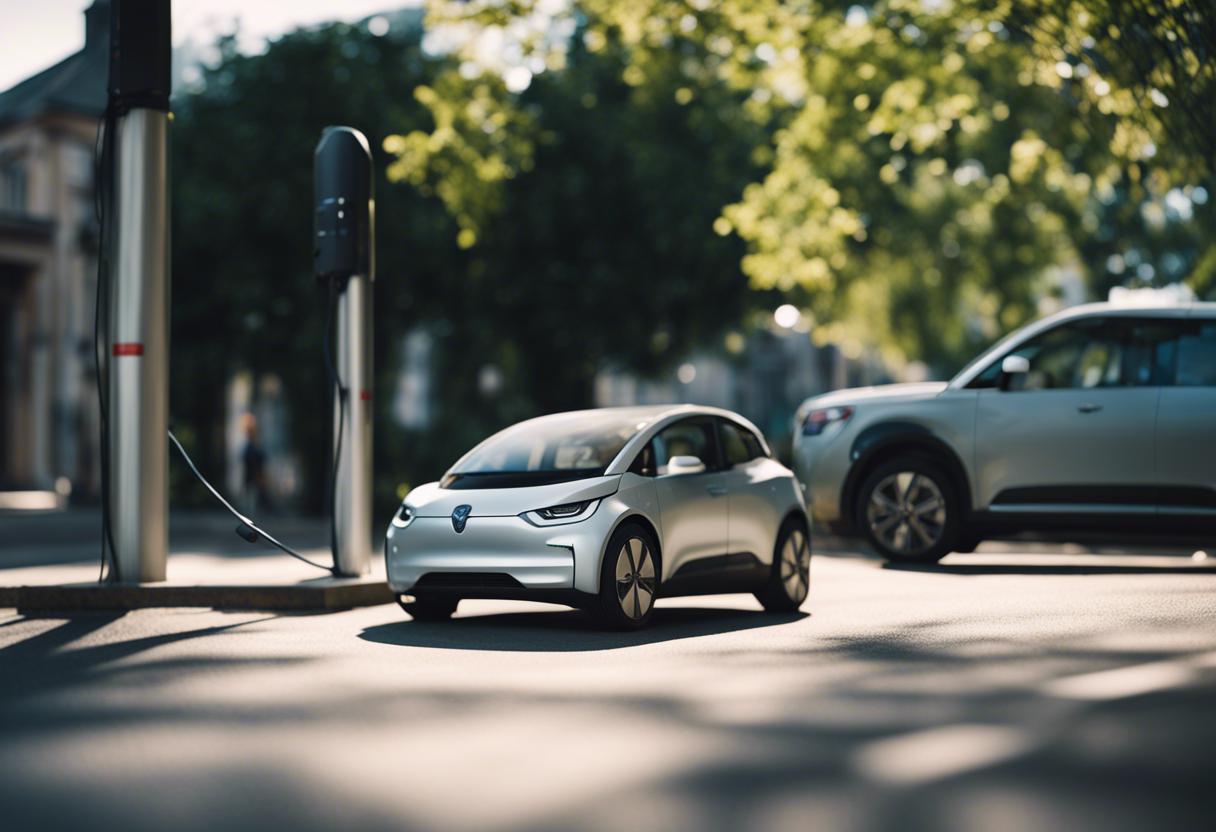Depending on the issue, electric vehicles (EVs) might require roadside assistance for one of three common faults – a depleted battery, a puncture, or a major electronic malfunction. Overall, EVs have been demonstrated to be notably more dependable than their petrol and diesel counterparts, particularly in relation to critical components such as the motor and battery. According to a Which? survey, while EV owners had to engage dealers for problem resolution slightly more frequently than traditional vehicle owners, the problems were usually software related and not of the severity that would require roadside assistance.
Nevertheless, severe faults can occur, in which case it’s highly improbable for an EV to be repaired at the roadside. The batteries of these cars, which carry substantial voltage, can only be safely accessed and managed by certified technicians in a controlled setting, using appropriate safety equipment.
As for towing an EV, it is generally advised against, considering that EVs do not have a neutral gear, and the wheels connected to the battery are always engaged. Therefore, towing may lead to overloading the regenerative brake system of the vehicle, which could potentially inflict damage on the motor and battery.
There are, however, exceptions to this rule. For instance, if your EV operates on either front or rear-wheel drive, organisations such as the AA have specially designed fold-out towing trailers capable of lifting the driven wheels off the ground for safe towing. Alternatively, for vehicles with four-wheel drive and dual electric motors, these should not be towed at all and should be transported on a flat-bed instead.
Rivian, the American electric vehicle company known for its SUVs and pickup trucks, provides an emergency towing mode. Unlike conventional vehicles, these electric cars can be recharged when towed with all wheels on the ground. However, Rivian asserts that this feature is intended for emergencies with short duration usage. While this might not currently benefit Irish customers as the company doesn’t yet retail in this region, there could be future potential. Particularly with Rivian’s €5 billion agreement with Volkswagen to jointly develop innovative electric car technologies, this could lead to Volkswagen integrating the emergency towing feature in its vehicles.
Moreover, if you’re worried about running out of charge and an available charger isn’t within reach, some alternatives are available. Roadside services such as AA offer emergency battery packs that can provide a small charge, typically enough to reach a local public charging station. Albeit, the scarcity of public chargers could limit the usefulness of this service in Ireland.
The latest electric vehicles from Hyundai and Kia, in particular, feature V2L (Vehicle to Load) charging. This allows them to charge other electric devices, including other cars. You’d need a unique cable and a friend with a compatible EV to make use of this function, though.
Should you wonder whether a depleted battery could lock you out of your EV, rest assured that it won’t. Unexpectedly, all EVs come with dual batteries – a larger one that power the electric motors, and a smaller 12-volt battery, akin to those found in standard petrol or diesel cars. The latter is responsible for functions like electronic door locks, ensuring you’re able to access your EV even with a flat primary battery.
The 12-volt battery featured in your electric vehicle (EV) also requires periodic charging, similar to conventional cars, while being mobile. A depleted battery could pose a serious issue but most EVs are equipped with a manual override facility for the electronic door releases in case of emergencies. To discover the location of the mechanical release handles, you should refer to your vehicle’s handbook.
If the 12-volt battery’s charge runs out, the option to “jump start” it using another vehicle is available, following the same process as that of a regular petrol or diesel car with depleted batteries. Yet, extreme caution should be practiced with this operation. Crucially, review your car warranty conditions, as some might not cover any unauthorised meddling with the electrical system, including jump starts, thus compromising parts or the full terms of your warranty.
The wisest course would be to verify if your car comes with a comprehensive roadside assistance service. They can recharge your 12-volt battery, avoiding any warranty issues, as they are certified professionals. Notably, EVs house a sensitive and crucial component known as a DC-to-DC converter, permitting the high-voltage power from the primary battery to be supplied to low-voltage systems such as electric windows and seat heaters, which are also linked to the 12-volt battery.
Incorrectly jump-starting the 12-volt battery can potentially disrupt or even harm the DC-to-DC converter, leading to a hefty repair invoice. For the same reason, avoid using the 12-volt battery from an EV to jump-start a petrol or diesel car – using a mobile battery pack is recommended instead.
Lastly, regarding flat tyres, they can often be mended roadside. It is mandatory for all cars to carry a tyre repair kit, inclusive of a “repair goo” can to treat minor punctures (caused, for instance, by nails or screws), and an air pump to reinflate the tyre.
Naturally, this serves as a provisional solution, and you now need to seek a tyre replacement from a tyre fitter to substitute the impaired one. Similarly, organisations like the AA and mobile tyre fitters may be able to provide roadside assistance for tyre replacement. However, as EVs tend to prefer larger tyres of 18, 19, and 20-inches, sourcing the right tyre from a local vendor can prove to be a challenge, to put it mildly.

